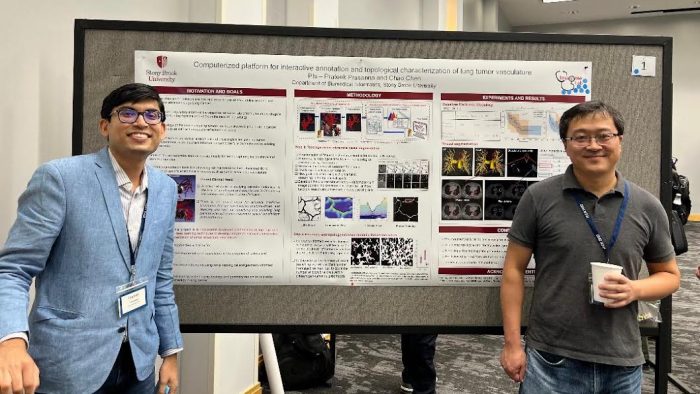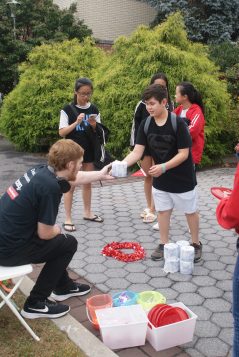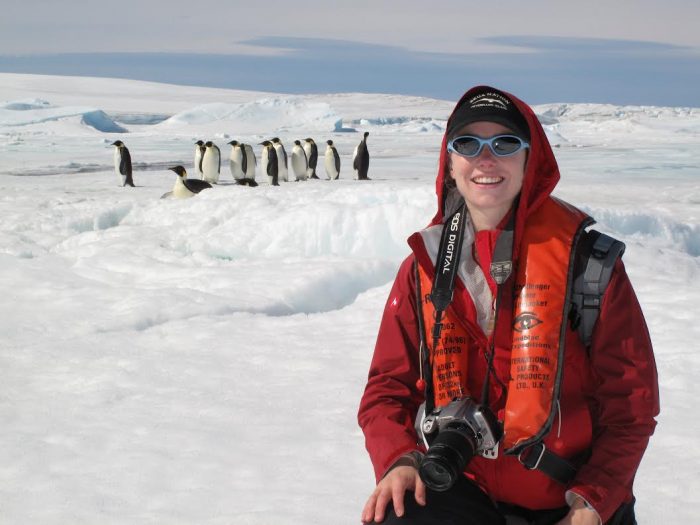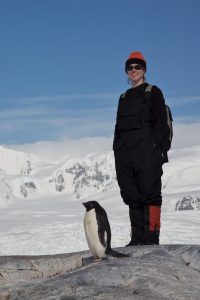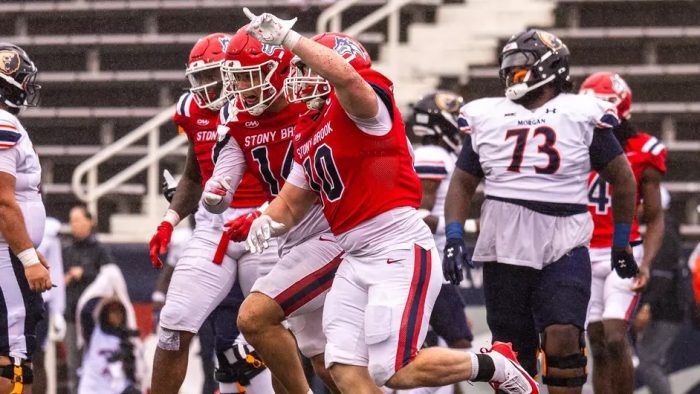Yi-Xian Qin recognized by the BMES for his groundbreaking research on bone tissue response
Yi-Xian Qin, PhD, SUNY Distinguished Professor and Chair of the Department of Biomedical Engineering in the Renaissance School of Medicine and in the College of Engineering and Applied Sciences at Stony Brook University, will receive the 2025 Biomedical Engineering Society (BMES) Christopher Jacobs Award for Excellence in Leadership.
The annual award, established in 2019, honors the memory and contributions of Christopher R. Jacobs, PhD, co-founder and council member of the Cellular and Molecular Bioengineering (CMBE) Special Interest Group (SIG) under BMES. It recognizes individuals who demonstrate exceptional leadership excellence within the Cell and Molecular Bioengineering community. Leadership is broadly defined and includes efforts in education, service and publication/dissemination of knowledge related to the CMBE field.
Dr. Qin’s expertise and leadership at Stony Brook is broad. He is also Director of the Orthopaedic Bioengineering Research Laboratory and Co-Director of the Institute for Engineering-Driven Medicine.
An innovator whose work in the field of bone research has significantly advanced scientific understanding of how bone tissue responds and adapts to various functional environments, bone fluid flow and regenerative responses to dynamic stimuli, Dr. Qin has published more than 180 peer-reviewed articles as well as related books and chapters and U.S. patents. His patents encompass groundbreaking technologies such as ultrasound diagnostic imaging, therapeutic applications, and mechanical stimulation for musculoskeletal diseases like osteopenia and fractures. These technologies hold promise in offering numerous clinical benefits and predicting bone loss in microgravity during long-term missions in space.
“It’s a great honor to receive this prestigious award, which allows us to enhance bioengineering and bone tissue regeneration research in mechanotransduction and translation in the Stony Brook community,” says Dr. Qi, a resident of Setauket. He described Dr. Christopher Jacobs as a pioneer in the field of cellular and molecular engineering who discovered the role of primary cilia in bone cells and its role in mechanotransduction for cell differentiation and tissue regeneration.
Dr. Qin will deliver a lecture and be honored with the award at the 2025 BMES CMBE Conference in Carlsbad, California, from January 3 to 6.
He earned both his master’s degree and PhD from Stony Brook University’s Department of Mechanical Engineering. His contributions to the field have earned him Fellowship status in several prestigious organizations, including the American Institute for Medical and Biological Engineering (AIMBE), the American Society for Bone and Mineral Research (ASBMR), the Biomedical Engineering Society (BMES), the American Society of Mechanical Engineers (ASME), the International Academy of Medical and Biological Engineering (IAMBE), and the International Academy of Astronautics (IAA). Dr. Qin also serves as Executive Editor-in-Chief for Mechanobiology in Medicine, an Elsevier journal.
Established in 1968, the BMES has more than 6,800 members and is the leading professional society for faculty, students, researchers and industry professionals in biomedical engineering. The mission of the BMES is to promote a collaborative and inclusive community to advance human health through education, discovery and translation.


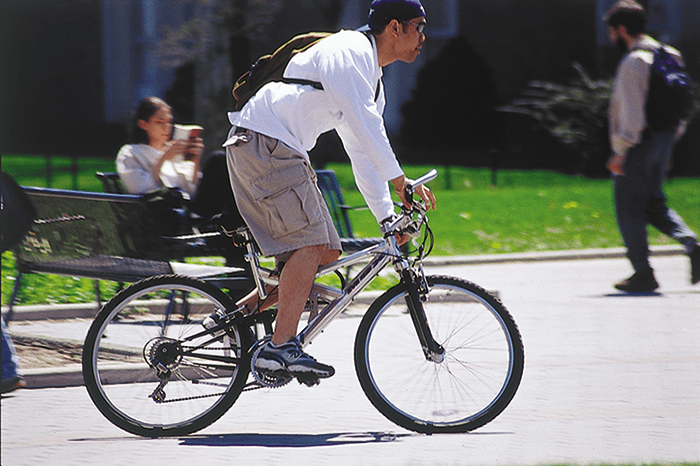
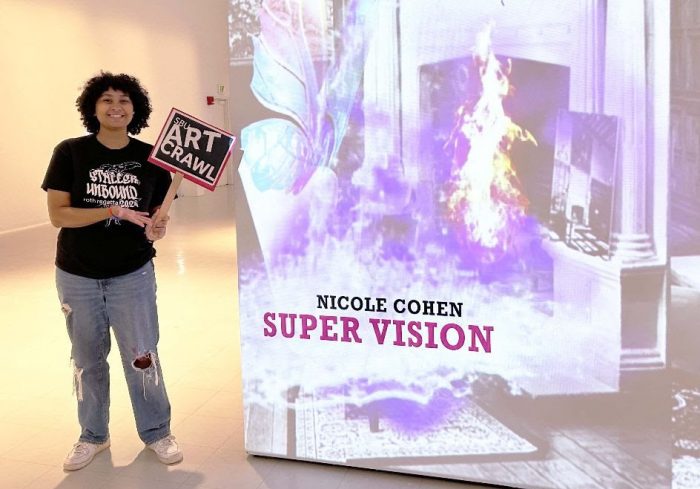


 With its first celebration in 2012, National Voter Registration Day is a nonpartisan civic holiday dedicated to celebrating the democracy of America. It helps people register to vote and educates communities on the topics at hand, as well as the current office members. Since its inception, more than 5 million Americans have registered.
With its first celebration in 2012, National Voter Registration Day is a nonpartisan civic holiday dedicated to celebrating the democracy of America. It helps people register to vote and educates communities on the topics at hand, as well as the current office members. Since its inception, more than 5 million Americans have registered.
